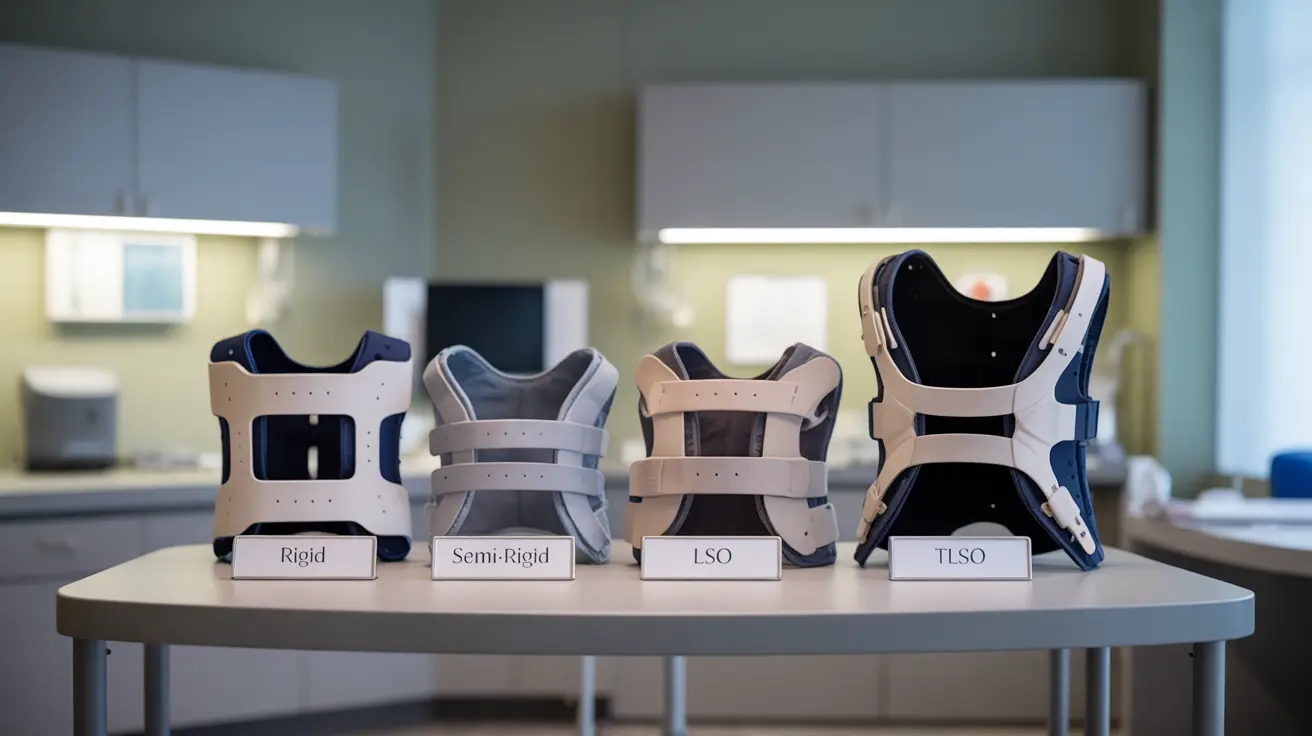If you're experiencing back pain or recovering from an injury, a back brace might be an essential part of your treatment plan. Understanding how Medicare covers back braces can help you access the support you need while managing costs effectively. This comprehensive guide explains Medicare's coverage for back braces, including eligibility requirements, costs, and how to navigate the approval process.
Understanding Medicare Coverage for Back Braces
Medicare Part B typically covers back braces when they're deemed medically necessary and prescribed by a Medicare-enrolled physician. These devices fall under Medicare's Durable Medical Equipment (DME) category, making them eligible for coverage when specific criteria are met.
Types of Back Braces Covered by Medicare
Medicare covers various types of back braces, depending on your medical condition and needs:
- Rigid and semi-rigid braces
- Lumbar sacral orthoses (LSO)
- Thoracic lumbar sacral orthoses (TLSO)
- Custom-fitted braces
- Prefabricated braces
The specific type of brace covered will depend on your doctor's prescription and medical documentation supporting its necessity.
Medicare Costs and Payment Structure
Under Medicare Part B, you'll typically be responsible for:
- 20% of the Medicare-approved amount for the back brace
- The annual Part B deductible (if not already met)
- Any additional costs if your supplier doesn't accept Medicare assignment
Working with suppliers who accept Medicare assignment can help minimize your out-of-pocket expenses.
Documentation Requirements for Coverage
To ensure Medicare coverage for your back brace, you'll need:
- A written prescription from a Medicare-enrolled physician
- Medical documentation proving the necessity of the brace
- A face-to-face examination with your doctor
- Detailed records of your condition and treatment plan
Medicare Advantage Plans and Back Brace Coverage
Medicare Advantage (Part C) plans must provide at least the same coverage as Original Medicare for back braces. However, these plans may have different:
- Network requirements
- Prior authorization processes
- Cost-sharing structures
- Supplier networks
Finding Medicare-Approved Suppliers
To maximize coverage and minimize costs, it's important to work with Medicare-approved suppliers. You can find approved suppliers by:
- Using Medicare's supplier directory
- Consulting with your healthcare provider
- Contacting Medicare directly for recommendations
- Checking with your local DME supplier network
Frequently Asked Questions
What types of back braces are covered by Medicare and under what conditions?
Medicare covers various back braces, including rigid, semi-rigid, LSO, and TLSO braces, when prescribed by a Medicare-enrolled physician and deemed medically necessary for your condition. The brace must be used to support a medical condition, injury, or post-surgical recovery.
How much does Medicare Part B cost for a back brace, including deductible and coinsurance?
After meeting your annual Part B deductible, Medicare covers 80% of the approved amount for your back brace. You're responsible for the remaining 20% coinsurance. The exact cost depends on the type of brace and whether your supplier accepts Medicare assignment.
What documentation and doctor requirements must be met for Medicare to cover a back brace?
You need a written prescription from a Medicare-enrolled physician, documentation proving medical necessity, a face-to-face examination, and detailed medical records supporting your need for the brace. Your doctor must clearly document why the brace is necessary for your condition.
How do Medicare Advantage plans differ from Original Medicare in covering back braces?
Medicare Advantage plans must provide at least the same coverage as Original Medicare but may have different network requirements, prior authorization processes, and cost-sharing structures. Check with your specific plan for detailed coverage information.
How can I find Medicare suppliers who accept assignment to reduce out-of-pocket costs for a back brace?
You can find Medicare-approved suppliers through Medicare's supplier directory, by consulting your healthcare provider, or by contacting Medicare directly. Working with suppliers who accept assignment ensures you won't pay more than Medicare's approved amount for your back brace.




